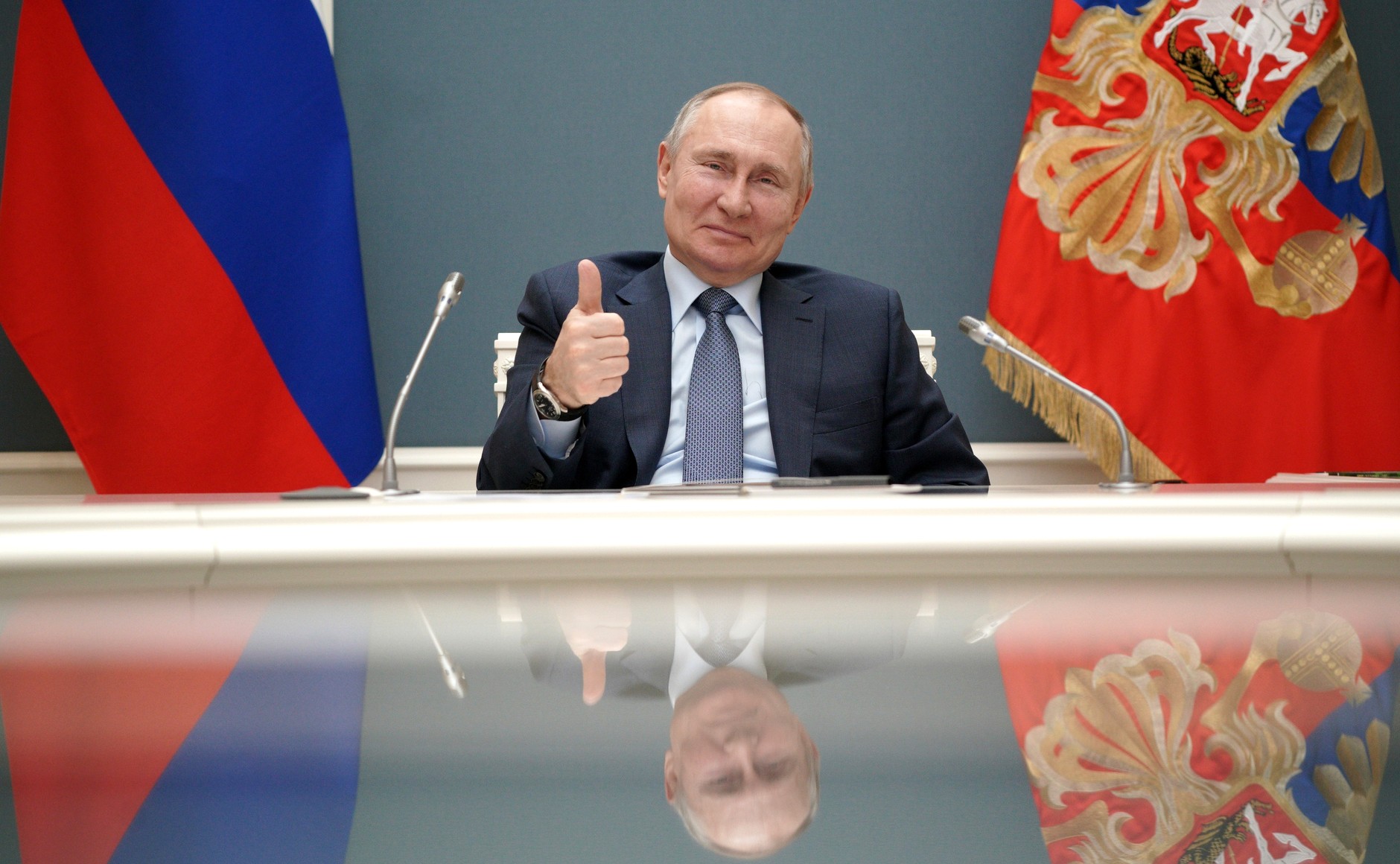How to replace Russian gas. Ome report

Facts, numbers, hypotheses and forecasts on gas and supplies to Europe in the report of the Mediterranean Energy Observatory (Ome). Article based on the launches of the Energia Oltre agency
Who and how can replace Russian gas supplies for Italy? Here are the answers contained in a report by the Mediterranean Energy Observatory ( Ome ).
Below is an excerpt from the launches of the Energia Oltre press agency .
HOW TO REPLACE THE RUSSIAN GAS?
“If the natural gas the EU currently receives from Russia is cut off, limited options are available to compensate for the physical gas deficit. The plan proposed by the European Commission, REPowerEU, aims to replace two thirds of Russian gas imports, amounting to 155 billion cubic meters, by the end of 2022 and completely by the end of 2027. It is necessary to bring large volumes of gas into the EU. gas from other countries through pipelines and LNG imports. The EC estimates that 60 billion cubic meters of Russian gas can be physically replaced through diversification of supply sources – 50 billion cubic meters through LNG and 10 billion cubic meters through pipelines – in both the short and medium term. It will be a great challenge for the EU to acquire these volumes on schedule ”.
This is what we read in the report "How Much can the Mediterranean region substitute Russian gas supplies to the Eu?" of the Mediterranean Energy Observatory ( Ome ).
EUROPEAN DEPENDENCE ON RUSSIAN GAS
The EU, in fact, “depends heavily on Russian gas to meet its needs, which are around 400 billion cubic meters (bcm) – reads the Ome report -. According to Acer, domestic production accounted for 17% of the EU-27 gas supply in 2021. The shares of gas imports via pipelines and LNG were 65% and 17% respectively. Russia accounts for more than a third of EU gas supplies, both through pipelines and through LNG. In physical volumes, this translates into about 155 billion cubic meters, according to the IEA. Germany is the main consumer and importer of Russian gas in the EU ”.
From the point of view of physical gas imports, the percentages change but the order remains: “Russia supplied around 45% of the EU's total gas imports in 2021 (or around 40% of its consumption). In recent years, this figure has averaged around 40%. The other main EU gas suppliers were Norway (23%), Algeria (12%), the United States (6%) and Qatar (5%) ”.
THE NEW LNG ROUTES
According to the report, “LNG can somehow be diverted from Asia, but only in limited quantities and with a surcharge. Importing more LNG from the US and other large suppliers is theoretically possible, as long as the price remains attractive. Again, this option would put further pressure on regasification plants in Europe, which are reaching their practical limit mainly due to bottlenecks in the pipeline infrastructure, particularly from Spain, which holds one third of the regasification capacity of LNG from the EU, to other parts of the EU. Regarding pipeline gas, Norway, the EU's second largest gas supplier, has only limited potential for additional supply. For this reason, other non-Russian gas suppliers in the vicinity of the EU have become increasingly important ”.
Southern Mediterranean countries such as Algeria, Egypt, Libya, Israel and Azerbaijan “can play a key role in alleviating the EU's energy crisis. These countries have great potential to compensate for any partial or total reduction in Russian gas supplies to the EU, especially in the medium term ”.
THE MEDITERRANEAN WAY
In the short term, the Ome report underlines, “until the end of this year, various initiatives and agreements will allow to increase gas supplies from the Mediterranean region and Azerbaijan to the EU; they will probably increase by at least 6 billion cubic meters (3 billion cubic meters from Algeria, 3 billion cubic meters from Egypt and the rest from Libya). Furthermore, the incremental flows from Azerbaijan (1.8 billion cubic meters) will reach the agreed plateau level, up to its full capacity ”.
However, this figure “could potentially reach 50 billion cubic meters in the medium and long term (9 billion cubic meters or more from Algeria, 8 billion cubic meters from Libya, 8 billion cubic meters from Egypt, 8 billion cubic meters or more from Israel, 10 billion cubic meters or more from Azerbaijan / Turkmenistan and additional LNG from the region). This quantity, which represents almost a third of the gas imported by the EU from Russia in 2021, is neither small nor negligible. To achieve these volumes it will be necessary to overcome various infrastructural and political challenges – warns the report -. In order for the above potentials to be achieved, better coordination and cooperation between the EU and the Southern Mediterranean region is needed. To this end, the EU aims to conclude, before the summer, a trilateral agreement with Egypt and Israel for the supply of LNG to Europe. Furthermore, the EU intends to restart the energy dialogue with Algeria and intensify cooperation with Azerbaijan in the light of the strategic importance of the Southern Gas Corridor ”.
This is a machine translation from Italian language of a post published on Start Magazine at the URL https://www.startmag.it/energia/come-sostituire-il-gas-russo-report-ome/ on Thu, 14 Jul 2022 10:22:29 +0000.
